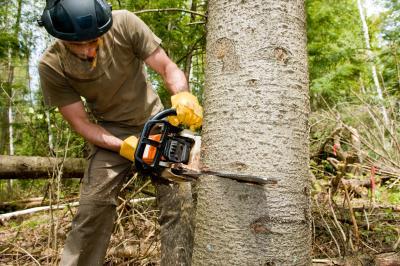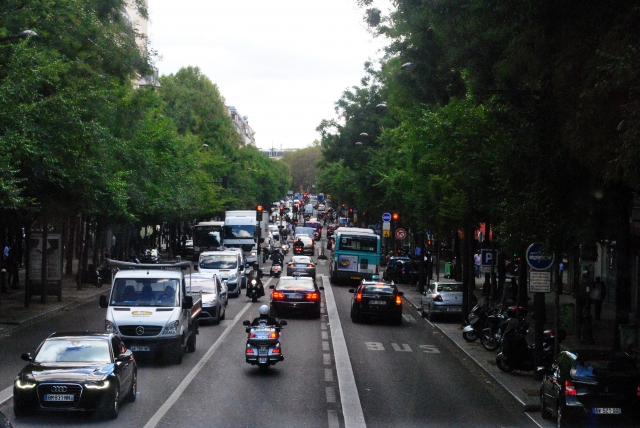You may have trees on your property that aren’t necessarily dead or dying. However, some trees still pose some type of danger, whether it be to your home, nearby power lines, or to other parts of your landscape. The act of removing a tree that’s reasonably sized is something most homeowners can safely do themselves. With a little planning, you should be successful.
What to Consider First
Once you decide that a tree must go, do a little prep work before grabbing the ax or saw. Make sure the tree in question is fully on your property to avoid a battle with a neighbor. Confirm that the tree isn’t considered city property, in which case your local municipality will take care of removal. Additional considerations include:
• How removal will impact drainage and surrounding foliage
• How extensive the root system is if you intend to remove the stump too
• How removal of the tree may affect your property value
Check for Obstacles
Before making the first cut, check the immediate area for obstacles. This typically includes nearby trees and flowers, a fence, power lines, cars parked on the street, or any part of your home. If necessary, use yellow tape to block off certain areas as a reminder of where to cut.

Establish Escape Routes
Step back and clearly determine which way the tree leans. It’s likely to fall in the direction of the lean. Establish at least two escape routes to allow you to quickly get out of the way of an unexpected fall.
Plan and Make the Cut
Start with an undercut. This is a 90 degree notch about one-fifth of the truck’s diameter on the side of the tree in the direction you want it to fall. This cut helps direct the tree in the right direction when the cut is made from the other side. Make the backcut about two inches higher than the undercut on the other side of the tree. Once the tree starts to fall, take one of your escape routes in case the tree rolls or falls back towards you. Remove limbs from the opposite side of the tree from the bottom up.
Finally, have a cleanup plan. Check with your local municipality for the rules on tree disposal or contact a local nursery and see if they’ll come and remove the cut up tree and use it for mulch. Often waste disposal companies like King Recycling and Waste Disposal Inc. in Toronto also rent out large bins to customers for easy cleanup. Compared to tree removal, stump removal is more complicated. Either rent equipment for this purpose or leave this part of the job to a professional. You’ll still save money by having cut the tree down yourself.
Tree removal is inherently dangerous: Attempt at your own risk.








